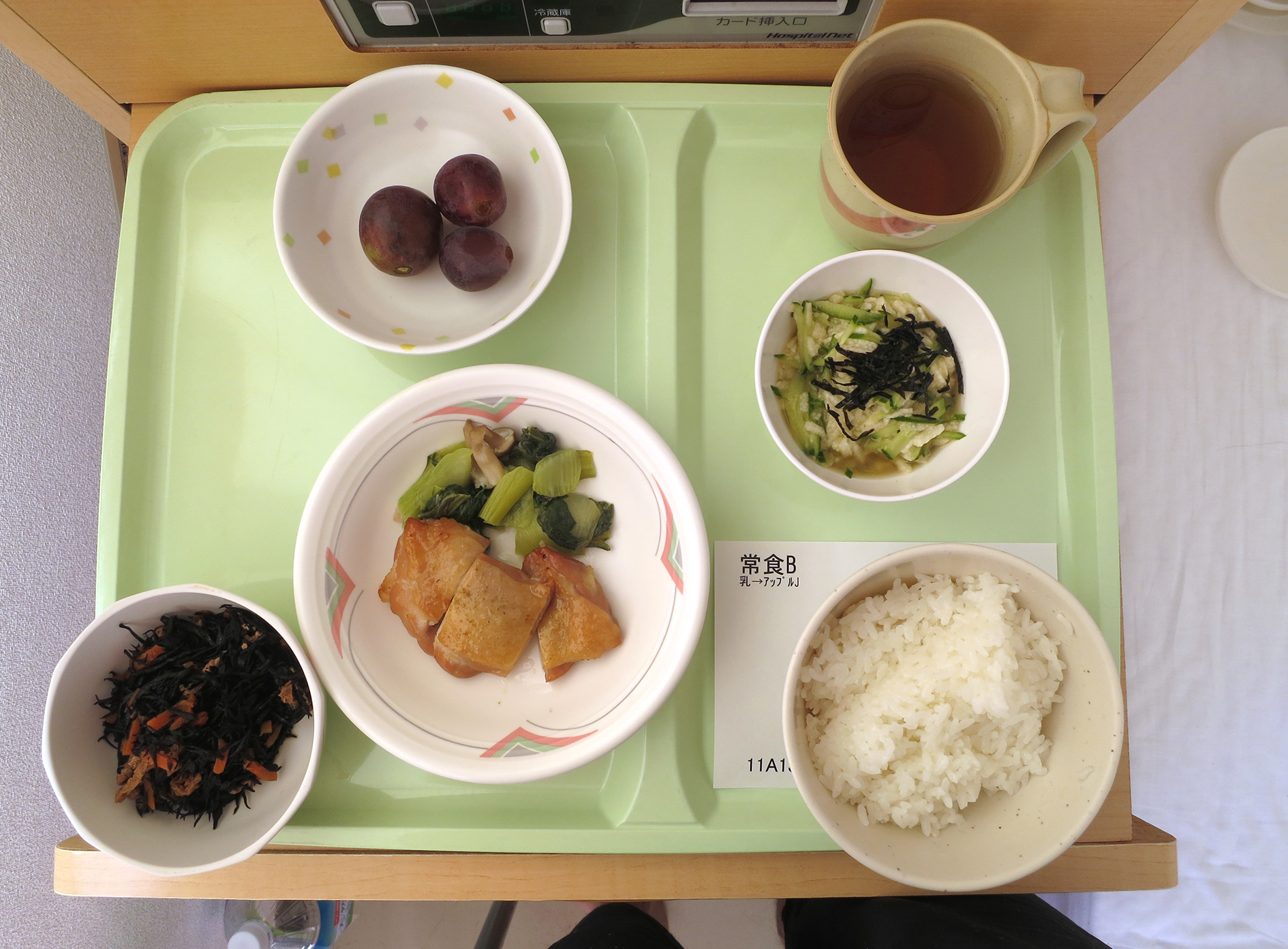One morning, you wake up feeling kibun ga warui (気分が悪い, under the weather) and slightly darui (怠い, lethargic). Rising out of bed, you take two steps forward when the world goes dark and you taoreru (倒れる, pass out). In a panic, your roommate calls ichi ichi kyū (119, Japan's equivalent to 911) and the kyūkyūsha (救急車, ambulance) whisks you off to an available byōin (病院, hospital). The isha (医者, doctor) runs a few kensa (検査, medical tests), and welcomes you to the world of nyūin (入院, hospitalization). It's hardly the best start to the day, but what happens next? Well, based on what happened to me, it'll go something like this.
A kangoshi (看護師, nurse) places you in a kurumaisu (車椅子, wheelchair) and wheels you to the byōtō (病棟, hospital ward), where you'll be shown to your byōshitsu (病室, hospital room), which will typically be shared with three other kanja (患者, hospital patient). You'll receive a quick annai (案内, orientation) and be asked to fill out a monshinhyō (問診票, medical history form) and other dōisho (同意書, consent forms). After a bit of rest, it will soon be meal time, delivered to your bed by a herupā (ヘルパー assistant) with the phrase "Shokuji desu" (「食事です」, "Here's your meal"). If you don't have your own shokki (食器, utensils), then you can ask for some as kashidashi (貸出, on loan).
Once lunch is settled, the kangoshi will come and ask okawari nai desu ka? (お変わりないですか, has anything changed since I last saw you?) Be careful not to confuse this with okawari (お代わり, a second helping of food)! Instead, just answer with kawari nai desu (変わりないです, no change in my condition) or in the affirmative by stating your shōjō (症状, symptoms). In addition you may be told netsu wo hakatte kudasai (熱を測って下さい, please take your temperature) with a taionkei (体温計, thermometer), for which the terminology kenon (検温, measure one's body temperature) may also be used.



